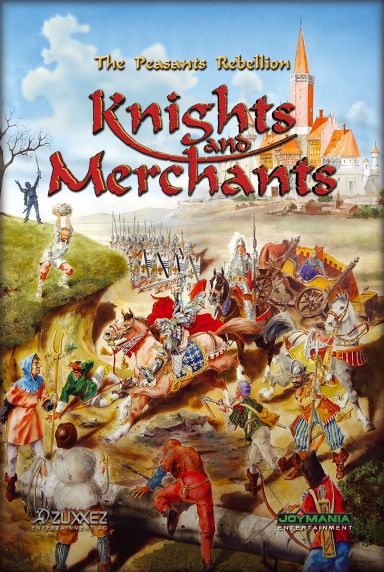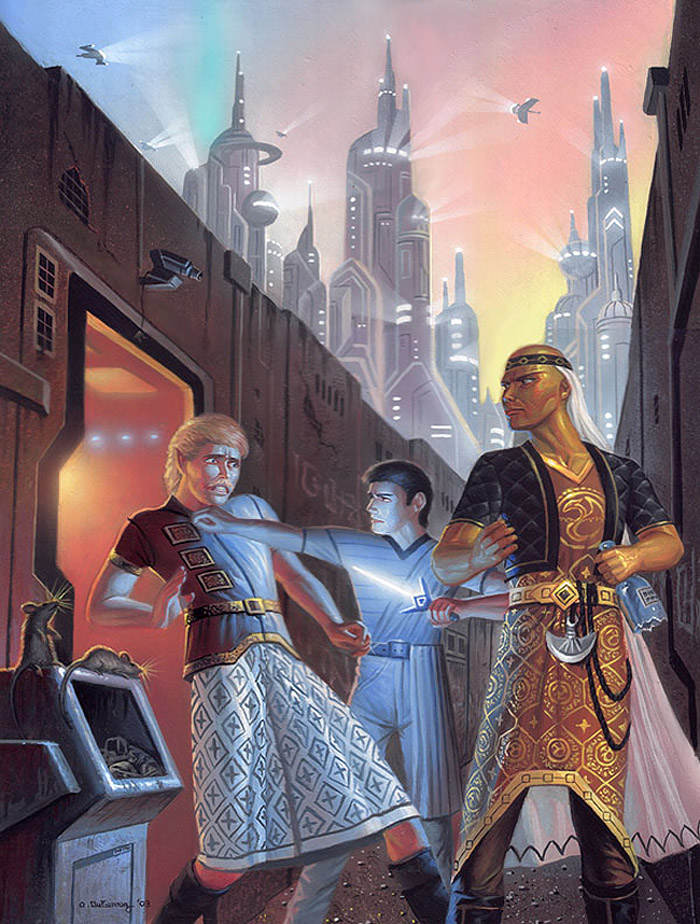


Few PCs will care if the local smith aspires to move to the big city if he never has a speaking role, while a major villain with no greater personality than “heartless and hateful” will likely feel two-dimensional after the third or fourth meeting. Thus, a character who might begin with no more than the note “conniving and ill-tempered” can evolve dramatically with details like “distrustful of elves” and “sympathetic toward youths who remind her of her lost son.” How much work a GM puts into detailing an NPC’s personality should relate directly to the character’s importance to a campaign. An aspect of an NPC’s personality that deeply affects his behavior and decisions, if known by the PCs, can be exploited to win his confidence or outmaneuver her, depending on the situation.In recurring NPCs, the GM might create more elaborate and nuanced personalities, or even change a character’s attitude slowly over time-novelists and screenwriters call this character development, and the history of literature and film is filled with works themed solely around events leading to a single change in a character’s outlook. Giving an NPC an interesting and dynamic personality means making the interaction with him more enjoyable, both for the GM, who must impersonate the NPC, and for the players, who are in for a pleasant chat, compelling argument, or good listening experience.

Such personality traits govern how the NPC reacts to most situations, commands, or requests. This might be nothing more than reference to the color of an NPC’s hair and noting her age, or it might be a detailed account of her beauty or ugliness. Thus, GM should consider the following character aspects as they design their NPCs.Appearance: Every NPC worth describing has an appearance, something that sets the character apart and distinguishes her from the faceless masses as a unique individual. As such, an NPC who appears but once probably only deserves a few notes or a moment’s improvisation to convey the most basic traits, while a major character benefits from greater details, which might be revealed or evolve as the PCs interact with him. These aspects answer three questions fundamental to every NPC, from shopkeeps to kings: how do they look, what do they do, and how do they do it? How much effort the GM puts into detailing and refining the answers to these questions relates proportionately to the NPC’s importance to a story and his time spent interacting with the PCs. While not every NPC needs to be a unique masterpiece of imagination, every character the PCs interact with-those important enough to have a speaking role-should have at least three core elements: appearance, motivation, and personality. Once a GM knows what role his NPC needs to fulfill, the character’s details can begin taking shape.


 0 kommentar(er)
0 kommentar(er)
